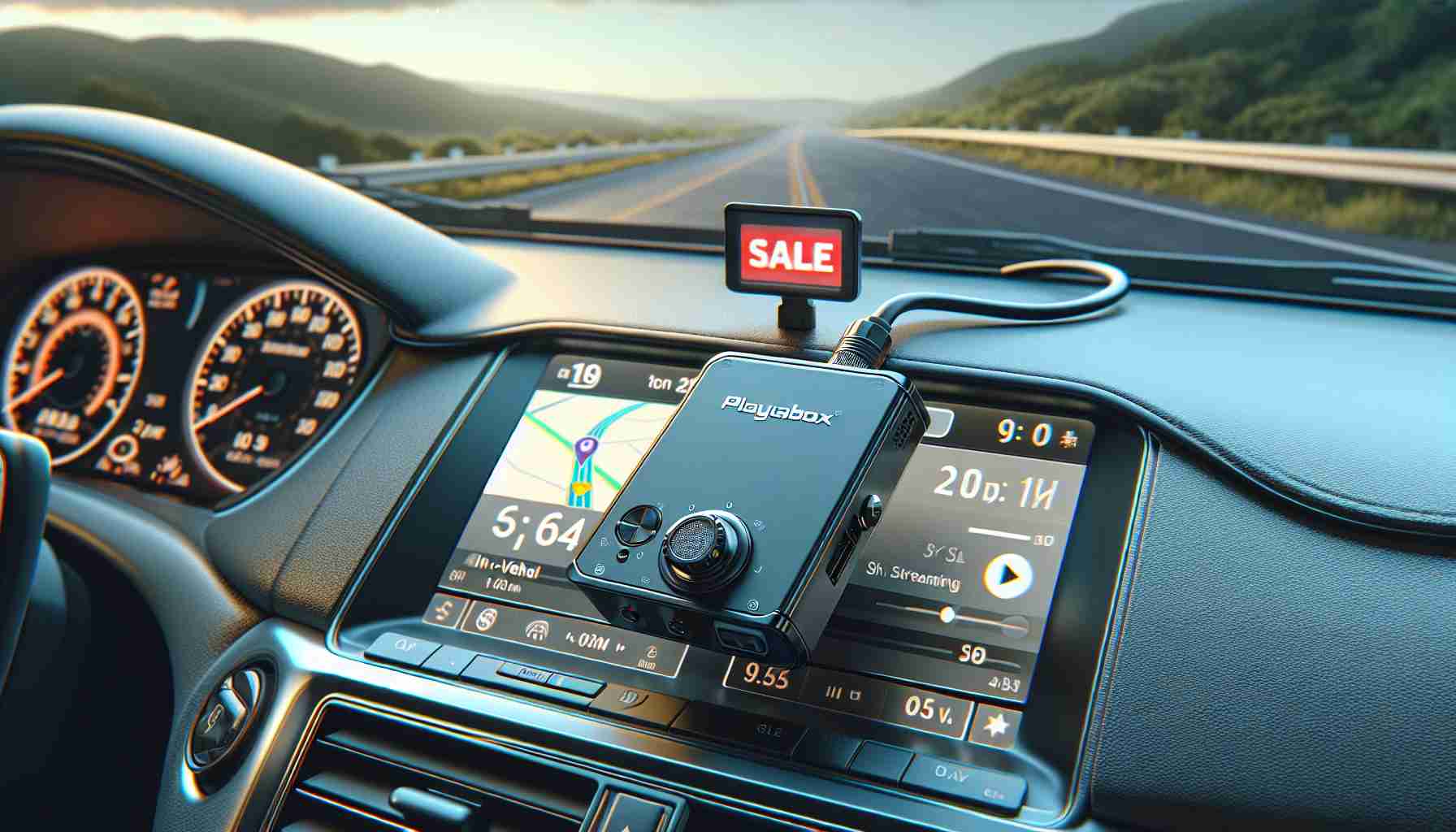Road journeys are about to get much more entertaining with the PLAYAIBOX wireless adapter, now retailing at a discounted price of $89.99, down from its original $129.99. This innovative device transforms your vehicle into a dynamic streaming hub that keeps passengers engaged with their beloved entertainment options, even as the miles roll by.
The adapter acts as a conduit connecting your vehicle’s display with your smartphone, liberating you from the tangles of cords and bringing your dashboard alive with a whole array of apps. Beyond access to essential services such as maps and your contacts, it gives you and your fellow travelers the power to dive into a sea of digital content.
With YouTube and Netflix pre-installed, and the freedom to download more applications like Spotify, Hulu, and Disney+ from the Google Play Store integrated within the adapter, you couldn’t ask for a better travel companion. Remember, though, that the joy of streaming is reserved solely for the passengers; the driver’s focus must remain unadulterated on the road for everyone’s safety.
In terms of compatibility, the adapter boasts broad support, embracing over 800 car models from 2016 onwards that are equipped with OEM wired CarPlay and a touchscreen. Moreover, compatibility extends to devices running iOS 10.0 or Android 11.0 and newer. Even without its own GPS, the adapter seamlessly mirrors your chosen navigation applications onto your dashboard.
Embarking on an excursion doesn’t have to be devoid of entertainment. With the PLAYAIBOX car adapter, enrich your travels with a dashboard-turned-multimedia hub. Engage in this offer before the road stretches ahead, and the adapter goes back to full price.
Important Questions:
1. What is wireless in-vehicle streaming?
In-vehicle wireless streaming refers to the use of wireless technology to access and stream digital content like music, movies, and apps in a vehicle’s entertainment system without the need for physical cords or cables.
2. Is the PLAYAIBOX adapter universally compatible with all vehicles?
The PLAYAIBOX adapter supports over 800 car models from 2016 onwards that have OEM wired CarPlay and a touchscreen. However, it may not be compatible with vehicles outside of this specification.
3. Can the driver use the streaming services while driving?
While the streaming services are available through the adapter, for safety reasons, the driver should not engage with these services while driving to prevent distractions.
Key Challenges and Controversies:
– Distracted Driving: While the PLAYAIBOX adapter offers entertainment options for passengers, there’s a potential risk of distracting the driver, which might lead to road safety issues.
– Internet Connectivity: To stream content like videos or music, a stable internet connection is required, which may be challenging in remote areas or during international travel where data may be limited or expensive.
Advantages:
– Convenience: The wireless connection eliminates the need for cords, creating a cleaner and more organized vehicle interior.
– Entertainment Options: Passengers can enjoy a variety of streaming content, making long road trips more enjoyable.
– Easy Integration: The adapter connects to existing OEM CarPlay and allows the use of familiar apps from the driver’s smartphone.
Disadvantages:
– Driver Distraction: The availability of streaming content could potentially distract the driver.
– Compatibility Issues: Not all vehicles are compatible with the adapter, limiting its use to those with the required specifications.
– Data Usage: Streaming over a mobile network can consume significant amounts of data, which may incur additional costs.
Related Links:
For those interested in the PLAYAIBOX adapter or similar products, related links to consider (only visit if you are sure that URLs are valid) include:
– Netflix
– Spotify
– Disney+
– Hulu
– Google Play Store
Please note, the availability of these services may depend on your region and the terms of service provided by each platform.
The source of the article is from the blog qhubo.com.ni
